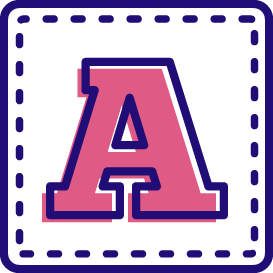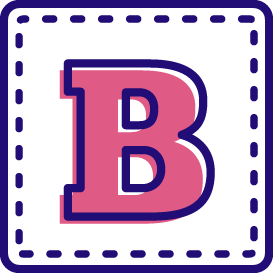Safe Sleep FAQ
Why Safe Sleep Matters
Sleep-related infant deaths are often preventable. By following a few simple practices, you can reduce the risk of Sudden Unexpected Infant Death (SUID), including Sudden Infant Death Syndrome (SIDS), suffocation, and accidental rollovers.
What Is a Safe Sleep Environment?
A safe sleep environment means following the ABCs:

Alone
Your baby should sleep in their own space, not with adults, siblings, or pets.

Back
Always place your baby on their back to sleep, for every nap and nighttime sleep.

Crib
Use a firm, flat surface like a crib, bassinet, or Pack ‘n Play with only a fitted sheet.
Avoid:
- Pillows, stuffed animals, and blankets
- Sleeping in car seats or swings outside the car
- Napping on couches, recliners, or adult beds
When to Start Practicing Safe Sleep
From the moment you bring your baby home, safe sleep practices should begin. Habits formed early become routines that protect your baby as they grow.
What About Swaddling or Sleep Sacks?
Swaddling can be safe for newborns if done correctly and stopped once your baby shows signs of rolling. Sleep sacks are a good alternative to blankets and reduce the risk of suffocation.
Can I Use a Hand-Me-Down Crib?
Secondhand cribs can be unsafe if they don’t meet current safety standards. Make sure any sleep setup:
- Has a firm, flat mattress
- Doesn’t have missing parts or broken hardware
- Was manufactured after 2011, when federal crib safety standards were updated
